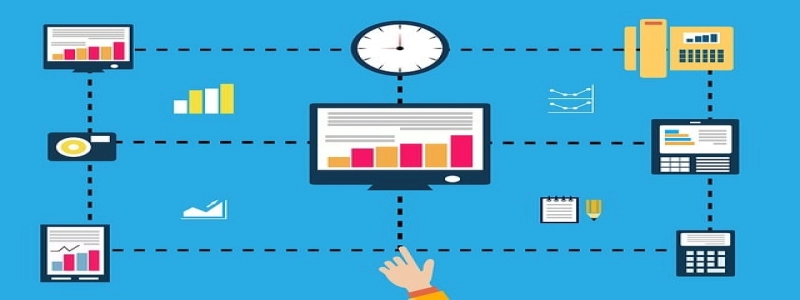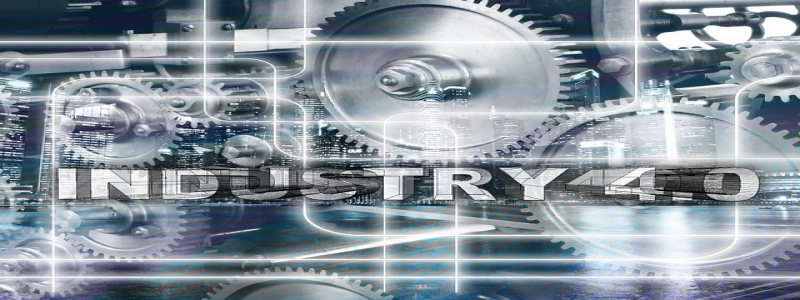Fiber Transceivers: Enhancing Data Communication Efficiency
Introduction
The rapid advancement of technology has led to an increased demand for faster and more reliable data communication. Fiber transceivers have emerged as a key solution to meet these requirements. In this article, we will explore the importance of fiber transceivers in data communication and discuss their benefits.
I. What are Fiber Transceivers?
A. Definition and Function
1. Fiber transceivers are devices that transmit and receive data over optical fibers.
2. They convert electrical signals into optical signals for transmission and vice versa for reception.
B. Types of Fiber Transceivers
1. Single Mode Fiber Transceivers
a. Designed for long-distance communication.
b. Utilize a narrow optical core, resulting in lower dispersion and attenuation.
2. Multi-mode Fiber Transceivers
a. Designed for short-distance communication.
b. Utilize a wider optical core, allowing multiple modes of light to propagate.
II. Importance of Fiber Transceivers in Data Communication
A. Greater Bandwidth
1. Fiber transceivers offer a much higher bandwidth compared to traditional copper cables.
2. They enable data transmission at speeds up to 100 Gbps and beyond, meeting the needs of high-data applications.
B. Longer Transmission Distance
1. Fiber transceivers can transmit data over much longer distances compared to copper cables.
2. They can achieve distances of up to 100 kilometers without the need for signal regeneration.
C. Immunity to Electromagnetic Interference (EMI)
1. Fiber transceivers are immune to EMI, which is a common issue with copper cables.
2. This makes them ideal for use in environments with high electromagnetic noise, such as industrial settings.
III. Benefits of Fiber Transceivers
A. Enhanced Data Security
1. Fiber optic signals are difficult to tap into, providing a higher level of data security.
2. This makes fiber transceivers suitable for transmitting sensitive information, such as financial or medical data.
B. Lower Signal Loss
1. Fiber transceivers experience minimal signal loss, resulting in clearer and more reliable data transmission.
2. This enables better quality audio and video transmission in applications such as video conferencing or streaming.
C. Scalability and Future-proofing
1. Fiber transceivers offer scalability as they can support higher transmission speeds as technology advances.
2. Upgrading to fiber transceivers ensures compatibility with future data communication needs.
Conclusion
Fiber transceivers play a vital role in enhancing data communication efficiency. Their ability to provide greater bandwidth, longer transmission distances, immunity to EMI, enhanced data security, lower signal loss, and scalability make them an ideal choice for various industries and applications. Understanding the advantages of fiber transceivers is crucial for organizations seeking to optimize their data communication infrastructure.








